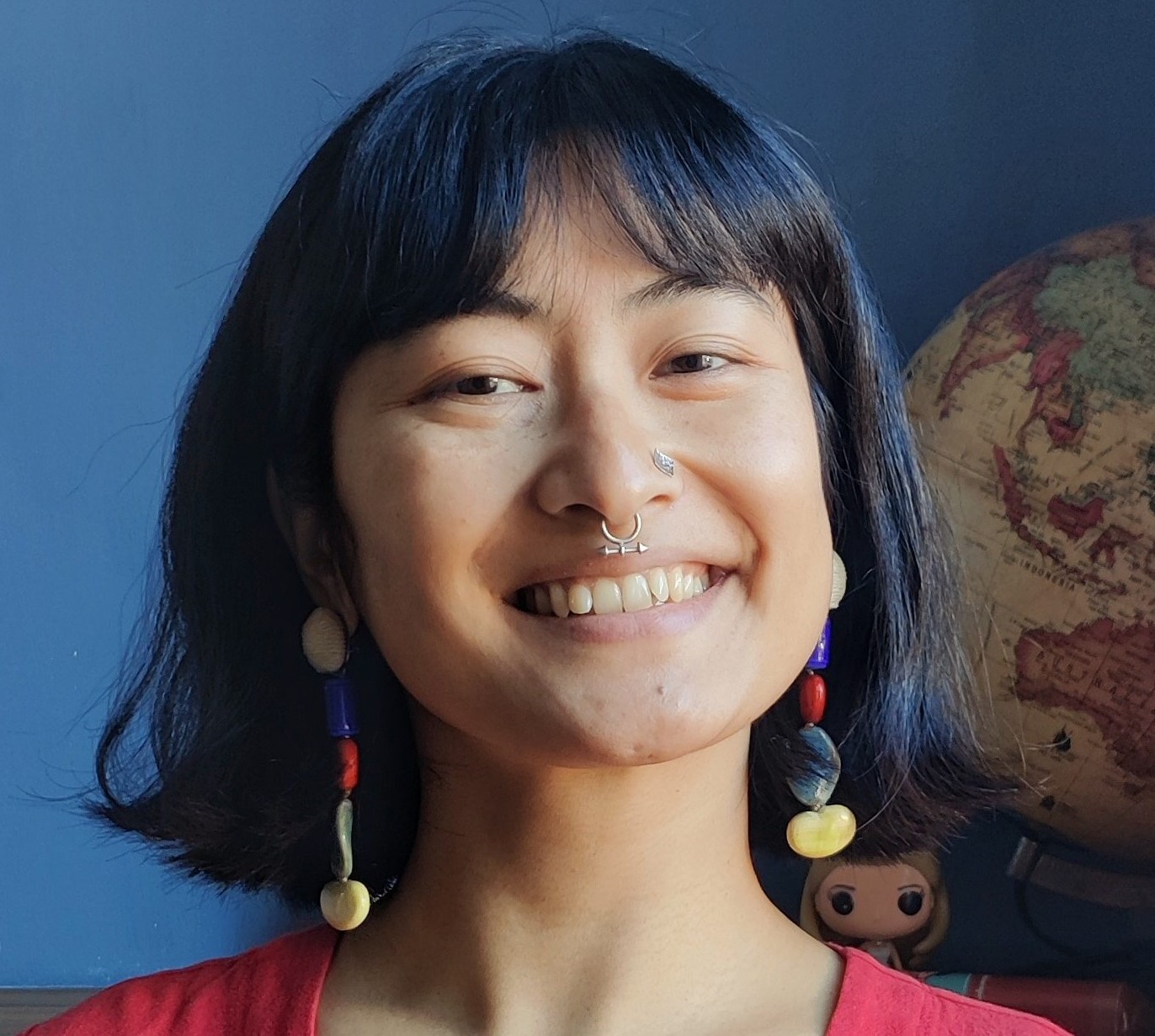What happens when you have stories, a responsibility and eagerness to share them and an interest in building relationships? Three crucial questions that we found ourselves grappling with at the University of Cambridge Museums (UCM) as we embarked on a year-long programme, Power & Memory, exploring the legacies of empire. An answer for now is the Power Walk series, an answer that aims to create a space for more questions to be asked.
In September 2022, we ran a pilot walk to facilitate community conversations, we called it a Power Walk. We considered a few different names in relation to our Power & Memory theme, but organically Power Walk presented itself as a gentle way to get our communities into the museum to discuss power with the rigour of a power walk. The pilot invited members from various community groups to participate in a Power walk across two museums: the Museum of Archaeology and Anthropology (MAA) and the Museum of Zoology.
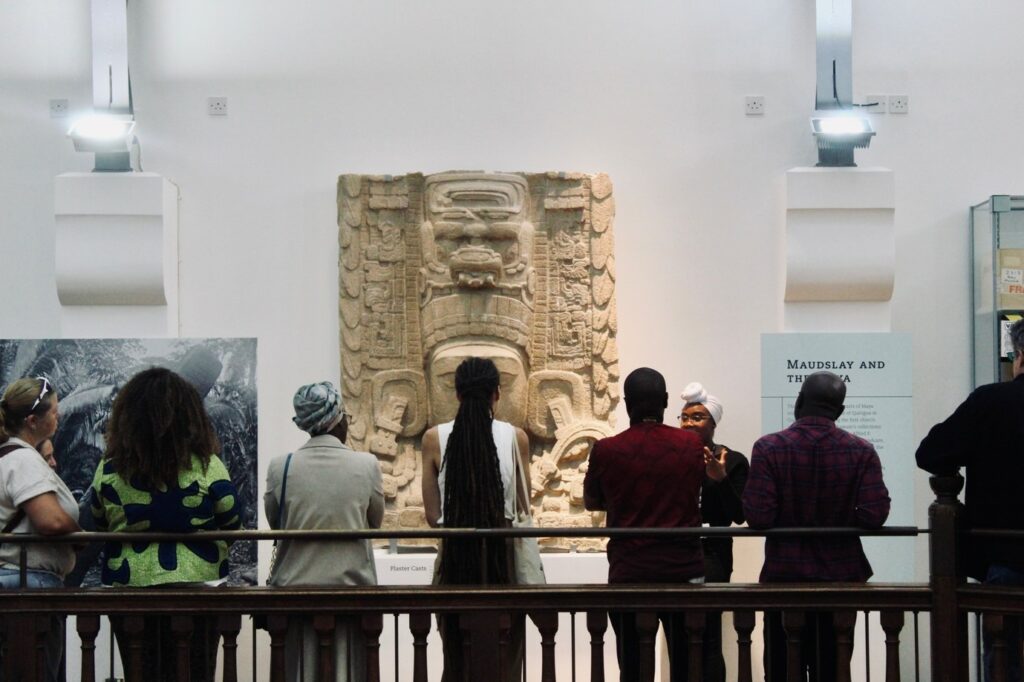
This included our learning and engagement colleagues sharing stories around 3-4 objects in each museum, followed by lunch, powerful discussions and our favourite, feedback.
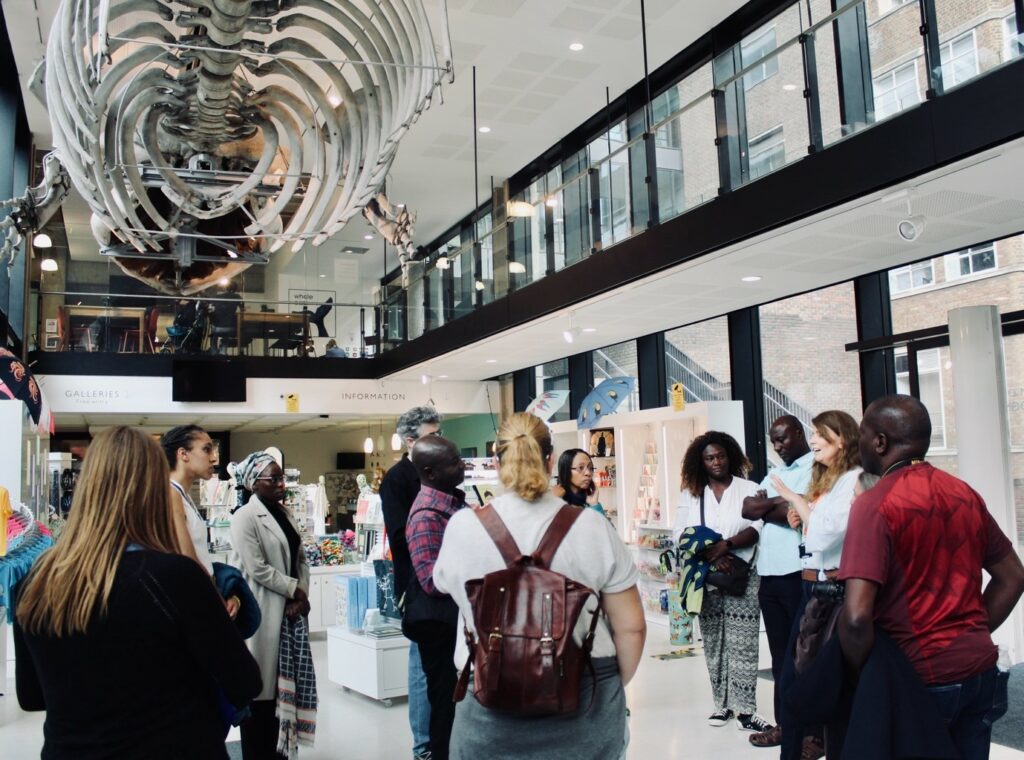
The walk aimed to be conversational and not one way, where museum colleagues talked about objects discussing power and the impact of colonialism in the collections but with participants feeding in through comments and questions. Everything from the history of the objects, the place these objects occupied in the museum and the impact of viewing such objects under a decolonial lens were discussed. Some things we had answers to and others we did not, and we were honest about this.
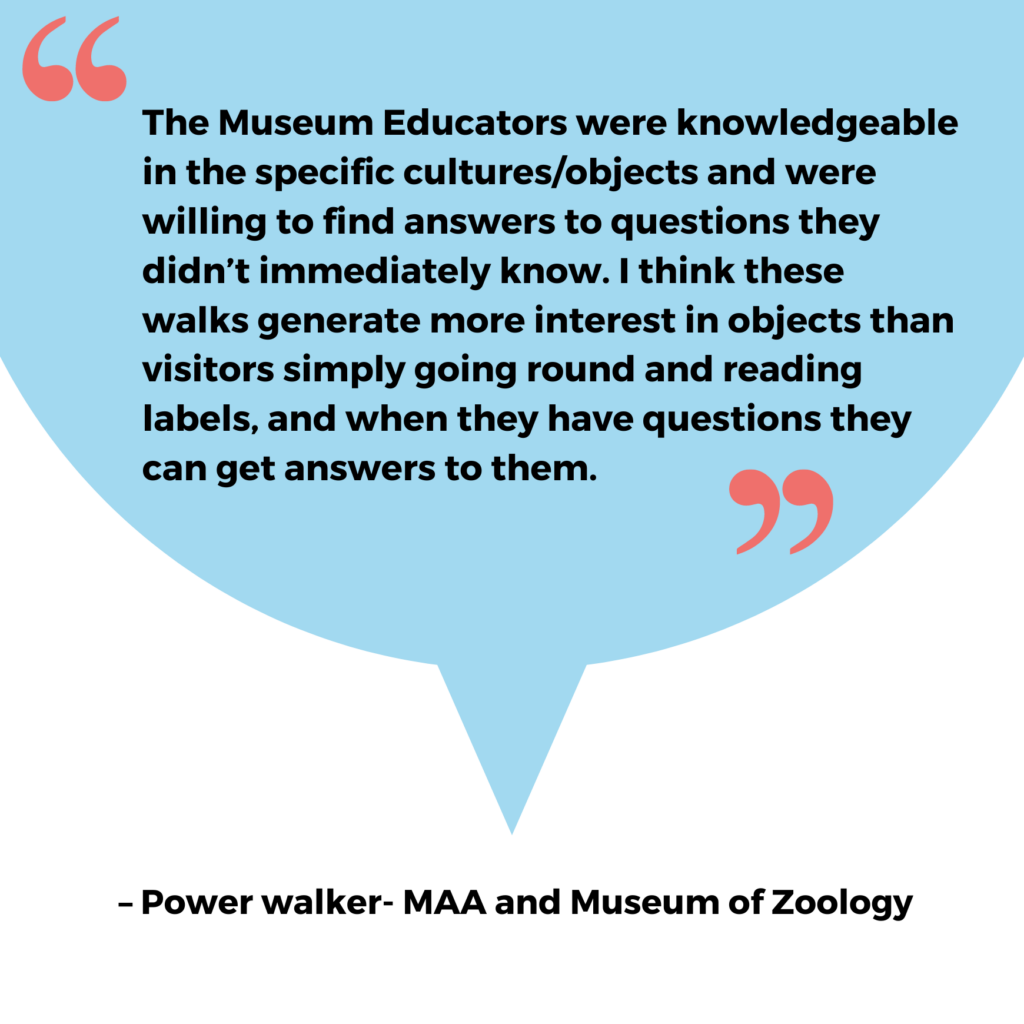
The overall feedback we received was overwhelmingly positive with members stating there was an appetite for events like this.
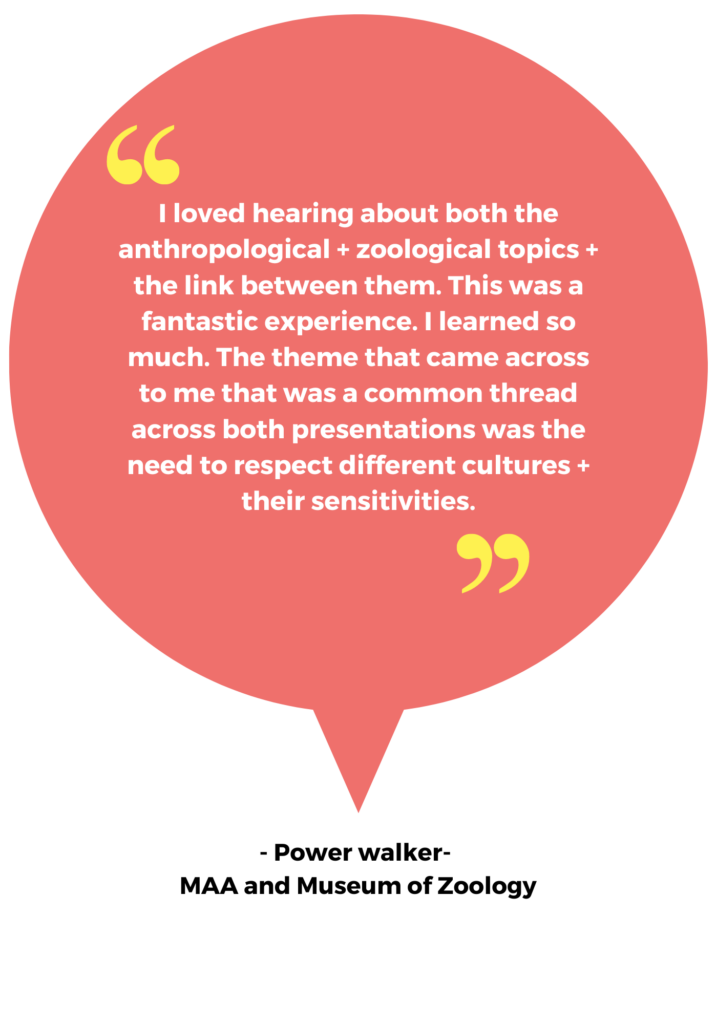
It’s easy to say we’re all about our communities, the reality is we aspire and try our best to be. There is a lot of heart and care that sits across the consortium. Members who attended the walk were quick to point this out:
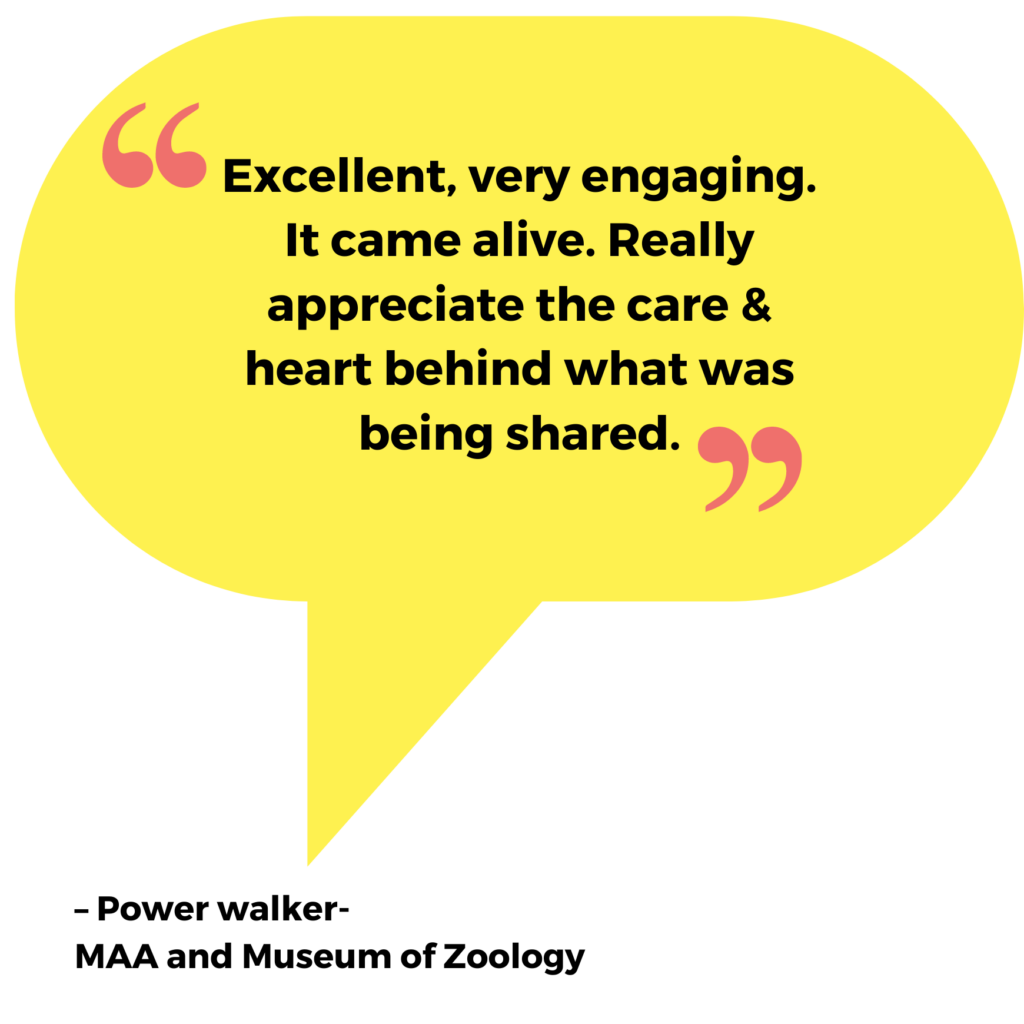
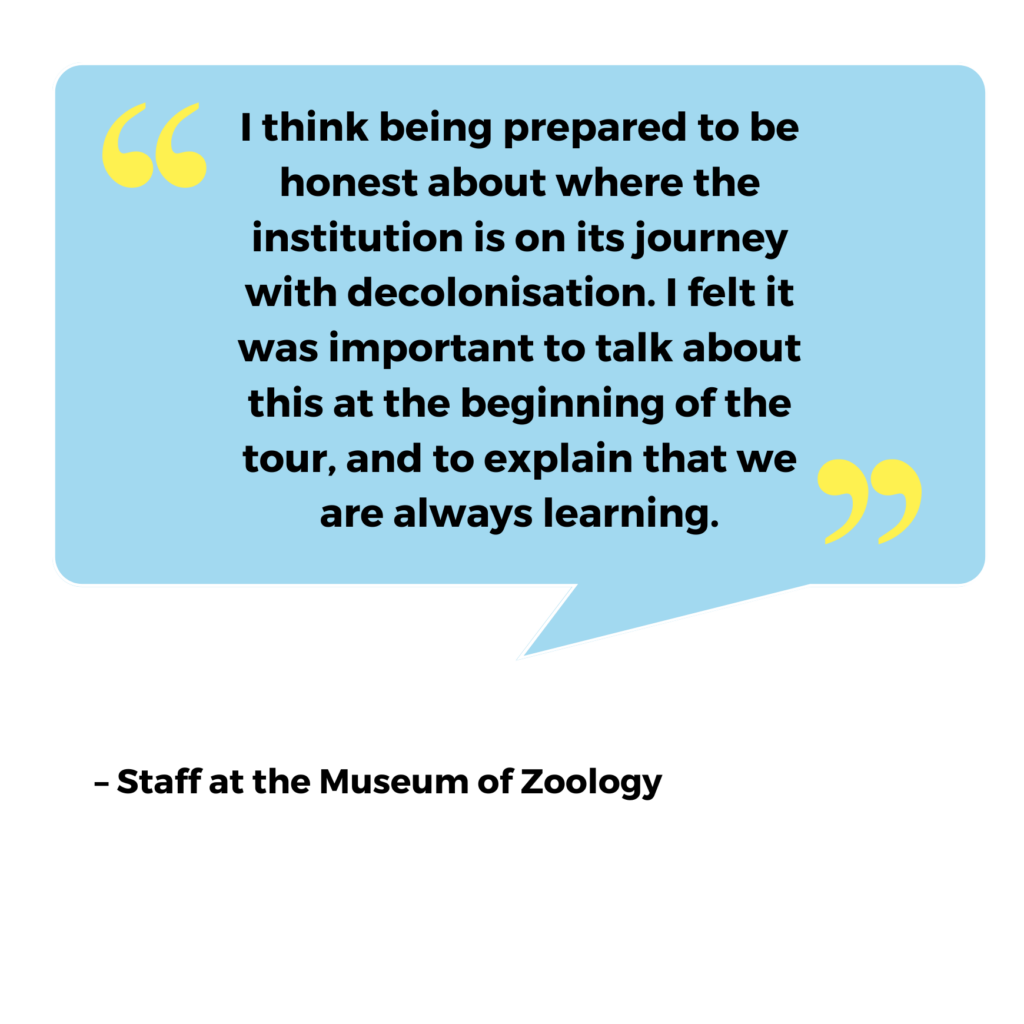 We have not looked back since. We have delivered four further walks across the Sedgwick Museum of Earth Sciences, Whipple Museum of the History of Science, Kettle’s Yard, Museum of Cambridge, Museum of Archaeology and Anthropology and Museum of Zoology. We offer the walks every eight weeks, and they are free and for everyone to attend. We do recommend 18 years and above but if parents want to bring along their children and are aware that we will be discussing some challenging stories, they are more than welcome; we have seen a few younger participants on our walks.
We have not looked back since. We have delivered four further walks across the Sedgwick Museum of Earth Sciences, Whipple Museum of the History of Science, Kettle’s Yard, Museum of Cambridge, Museum of Archaeology and Anthropology and Museum of Zoology. We offer the walks every eight weeks, and they are free and for everyone to attend. We do recommend 18 years and above but if parents want to bring along their children and are aware that we will be discussing some challenging stories, they are more than welcome; we have seen a few younger participants on our walks.
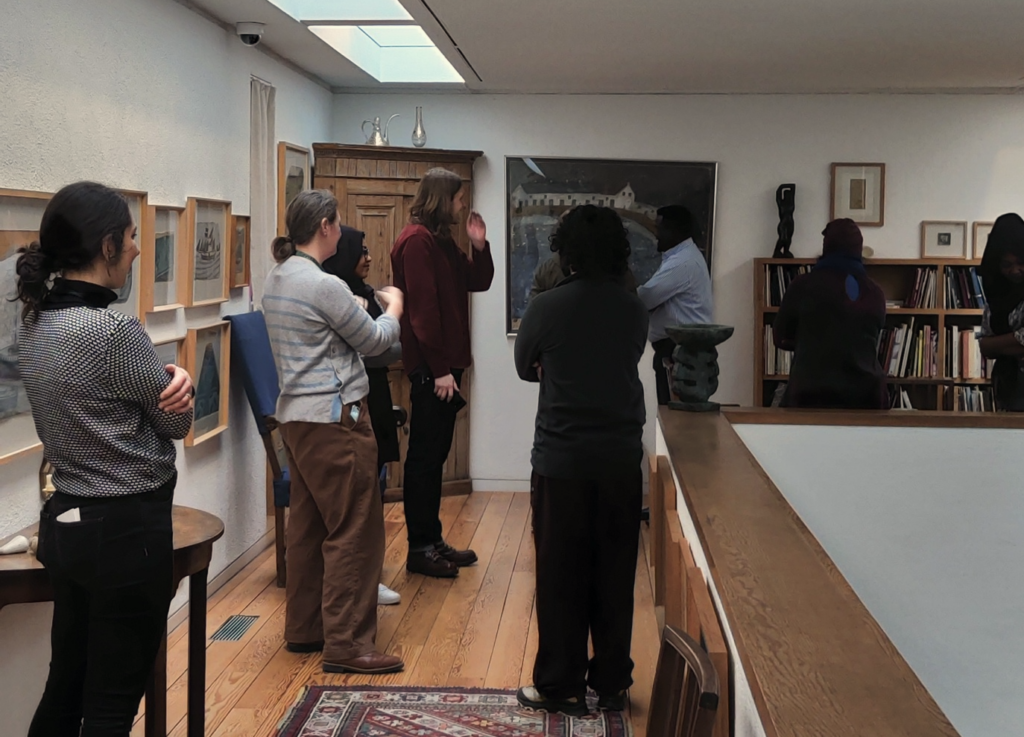
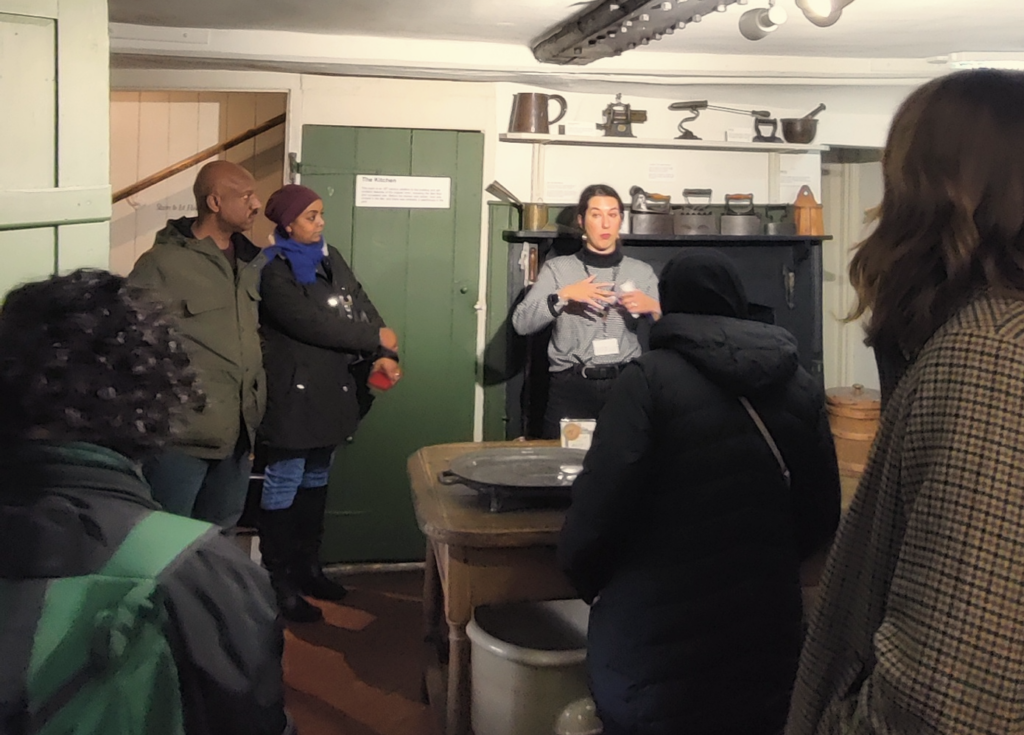
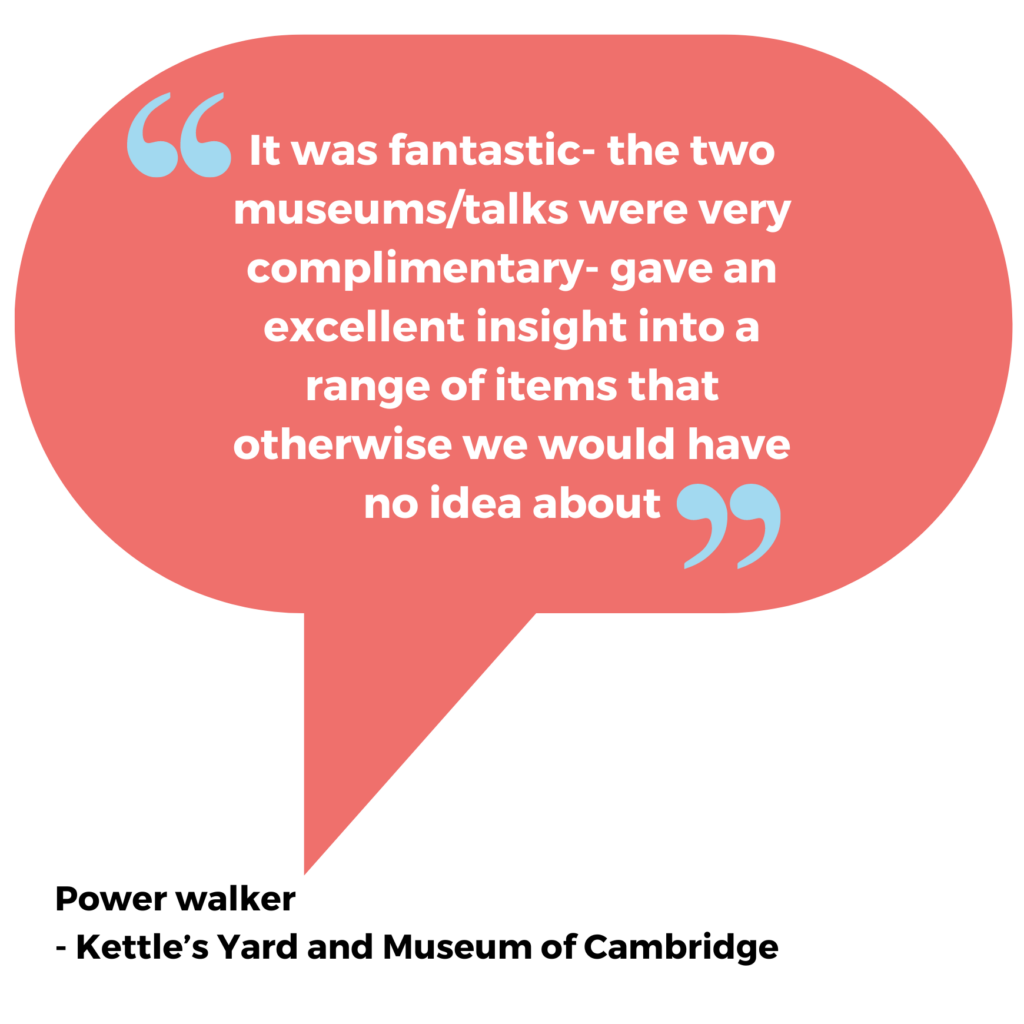
As we had hoped, the Power Walks opened up further conversations with different community members and groups who were eager to do other things with us through projects like our Open Call: Power to the Programme and Power Walks in other collections. Our last Power Walk was with CB Mentoring, who aim to empower young people from Black and ethnic minorities to take pride in their culture by introducing them to a range of cultural experiences.
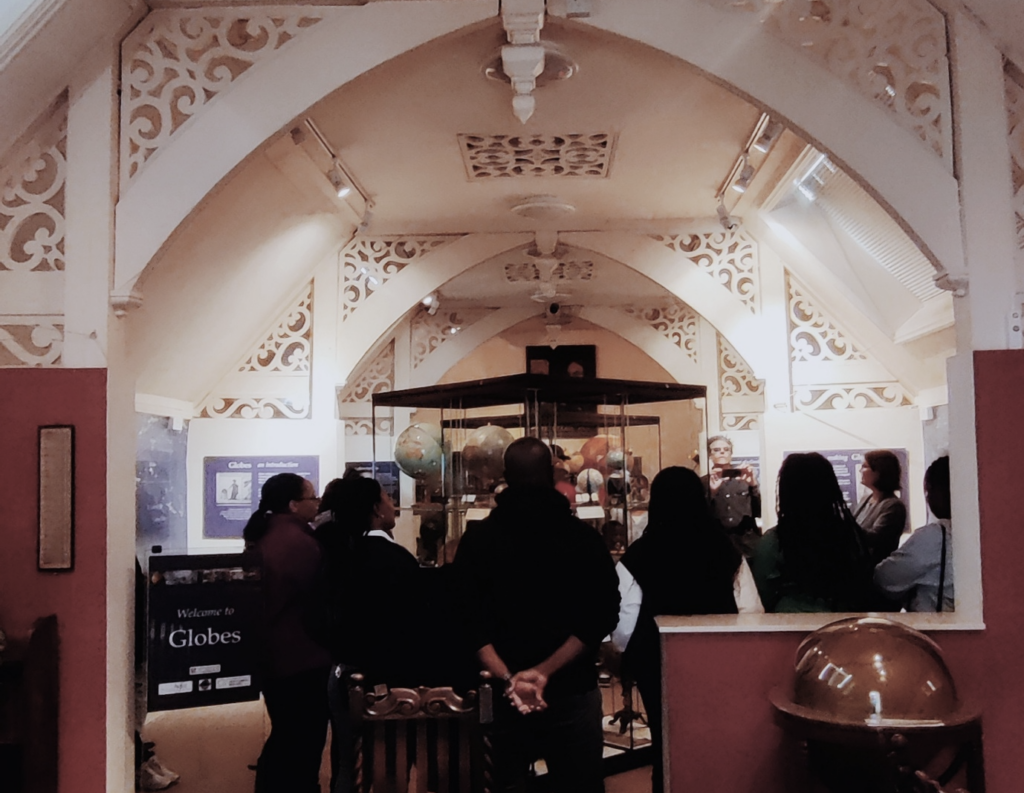
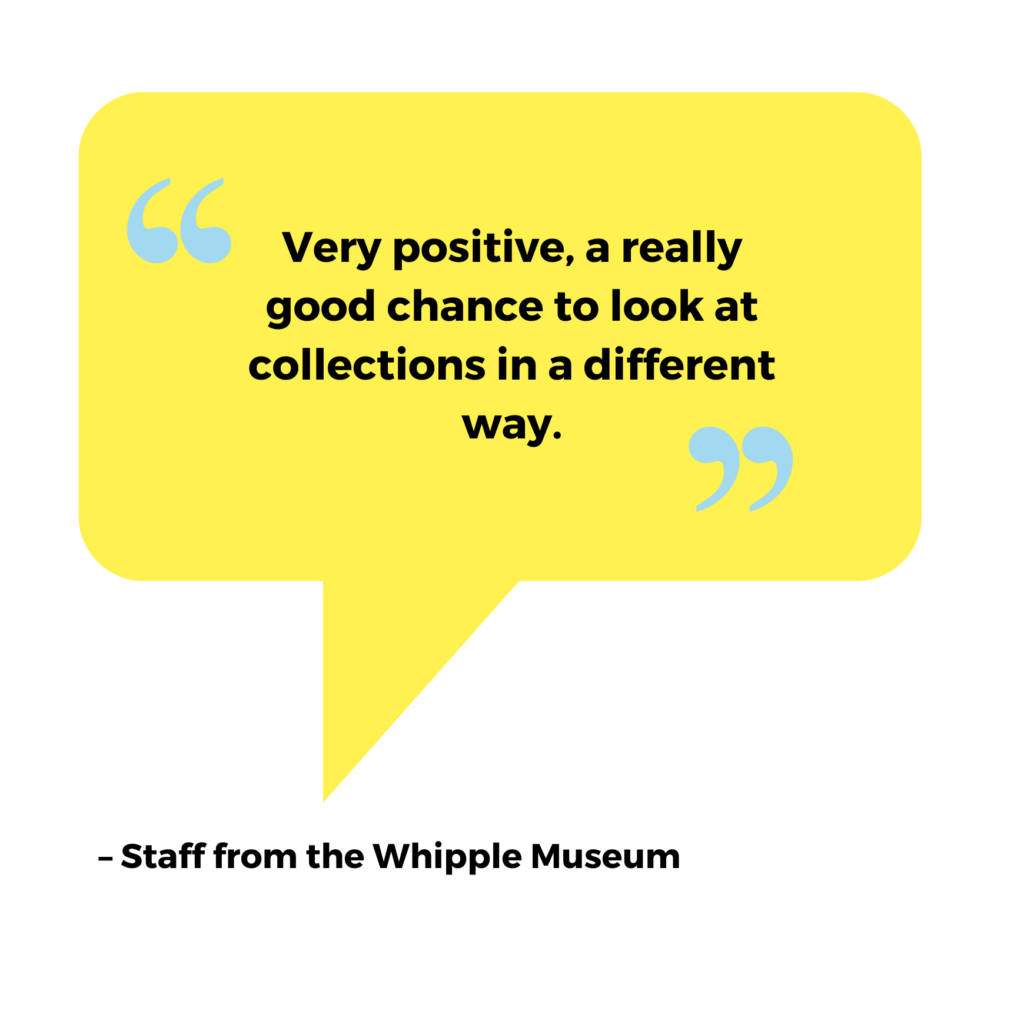
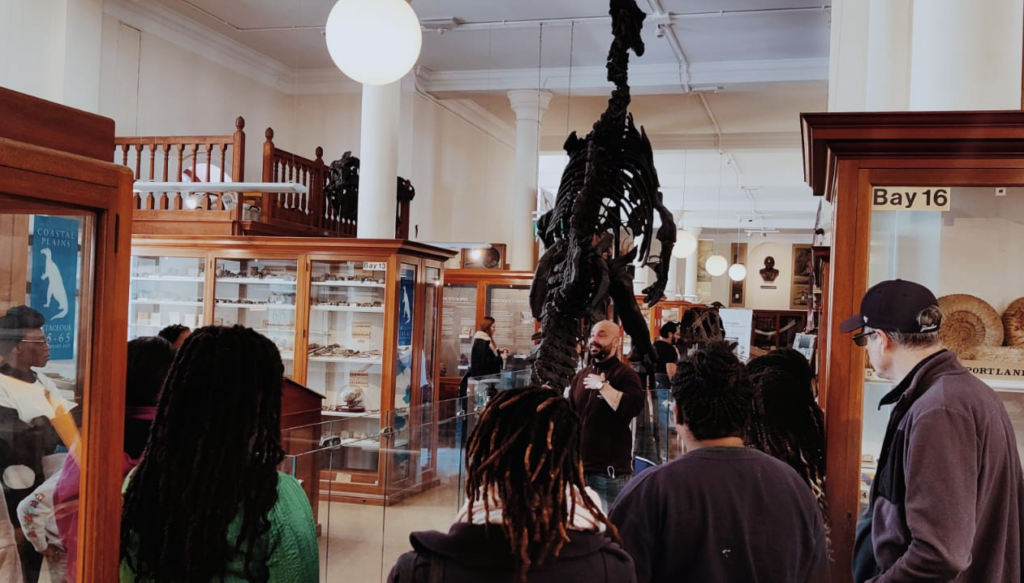
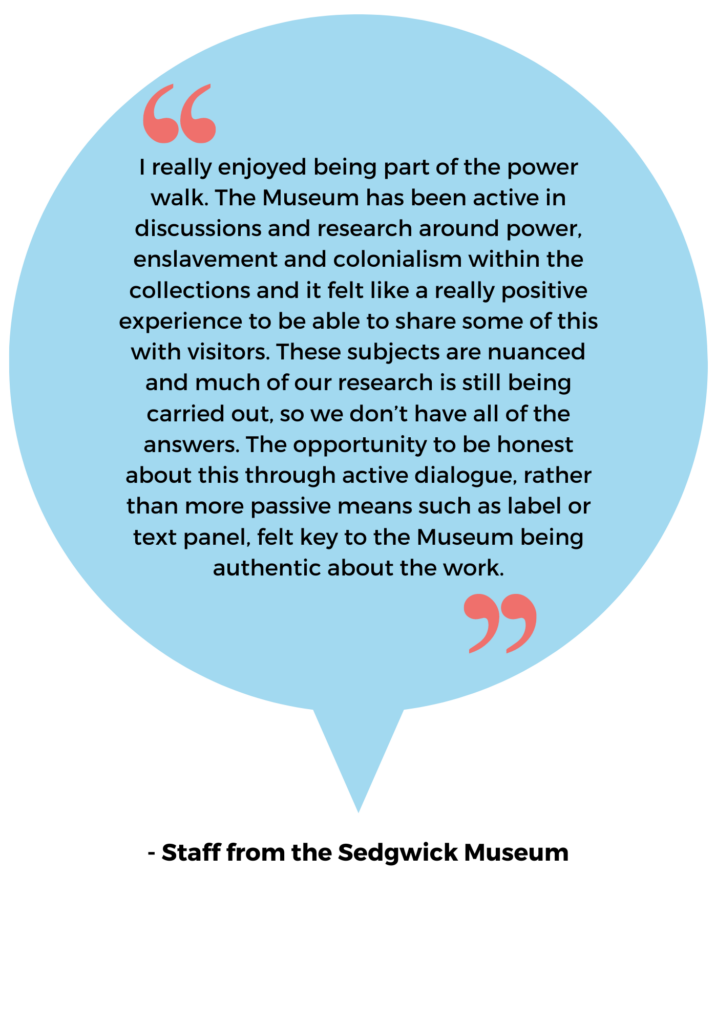
This was our first walk catered for young children and families, with children as young as 6 years in attendance. It was an interesting for us to understand how we can get young children to engage with the complex and sometimes difficult stories in our collections. The group were patient and kind as we walked through the museums, and the Sedgwick Museum’s Iguanodon in particular was a hit.
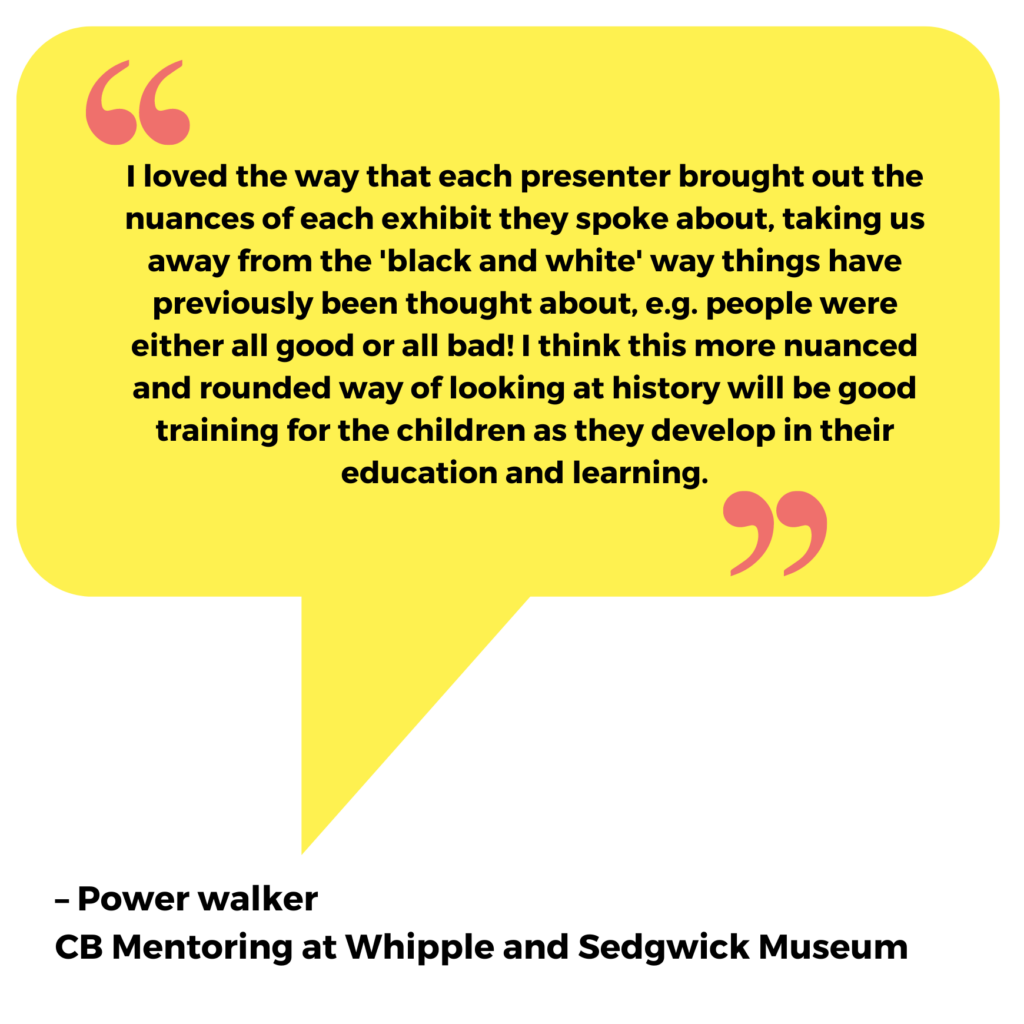
With each Power Walk we have been collecting feedback from members who join us and from colleagues from learning and engagement who led the walks; based on feedback the Power Walk keeps evolving and we now have a growing folder to advise museums and colleagues undertaking the walk.
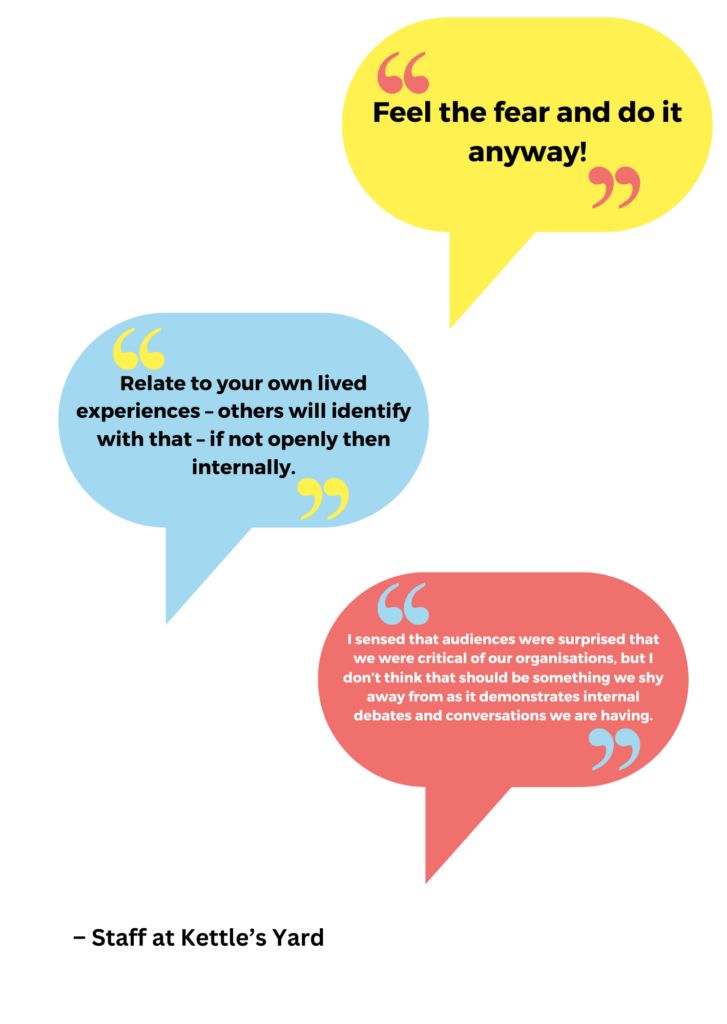
It has been so powerful to hear these stories and watch people respond to them. We have covered fascinating and challenging stories that range from discussing the Mayan Steala and the power of communication colonialism, the impact of Europeans arriving in remote islands and their impact on species like the Hawaiian Honeycreepers, a plaster cast of an Iguanodon fossil and the ethics of palaeontology and colonial heritage, scientific racism and the phrenological head, working class representation in Alfred Wallis’ paintings and the exploitation of his work, power of protection and care in the Fens through magic and superstitions of belief.
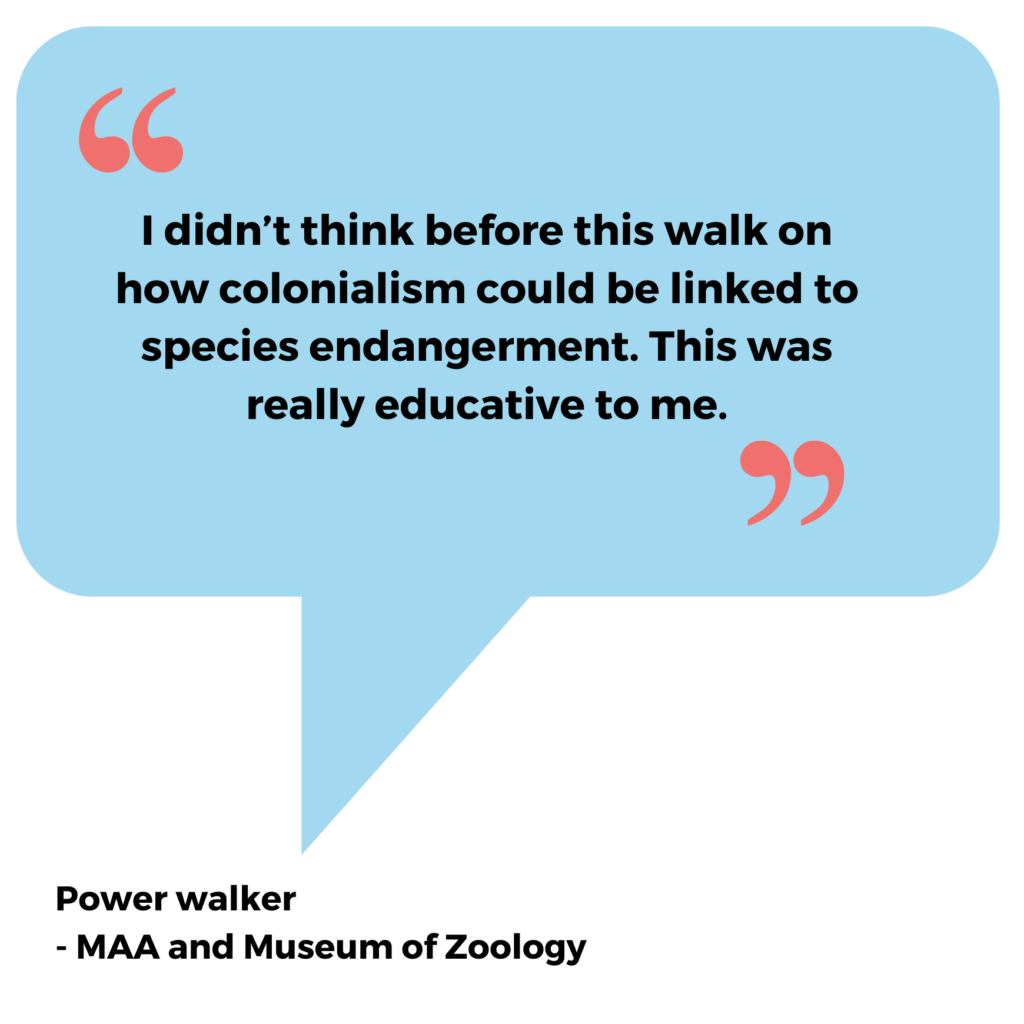
The long-term aim of a project like this is to encourage community members to come into our museums and engage with the work we are doing, adding to our understanding of objects and stories that sit within our collections; to invite our communities to engage with us with ideas and events they want to see in our museums. In total we have engaged with roughly 66 community members, 13 staff from 5 university museums and 1 independent museum, through 5 Power walks.
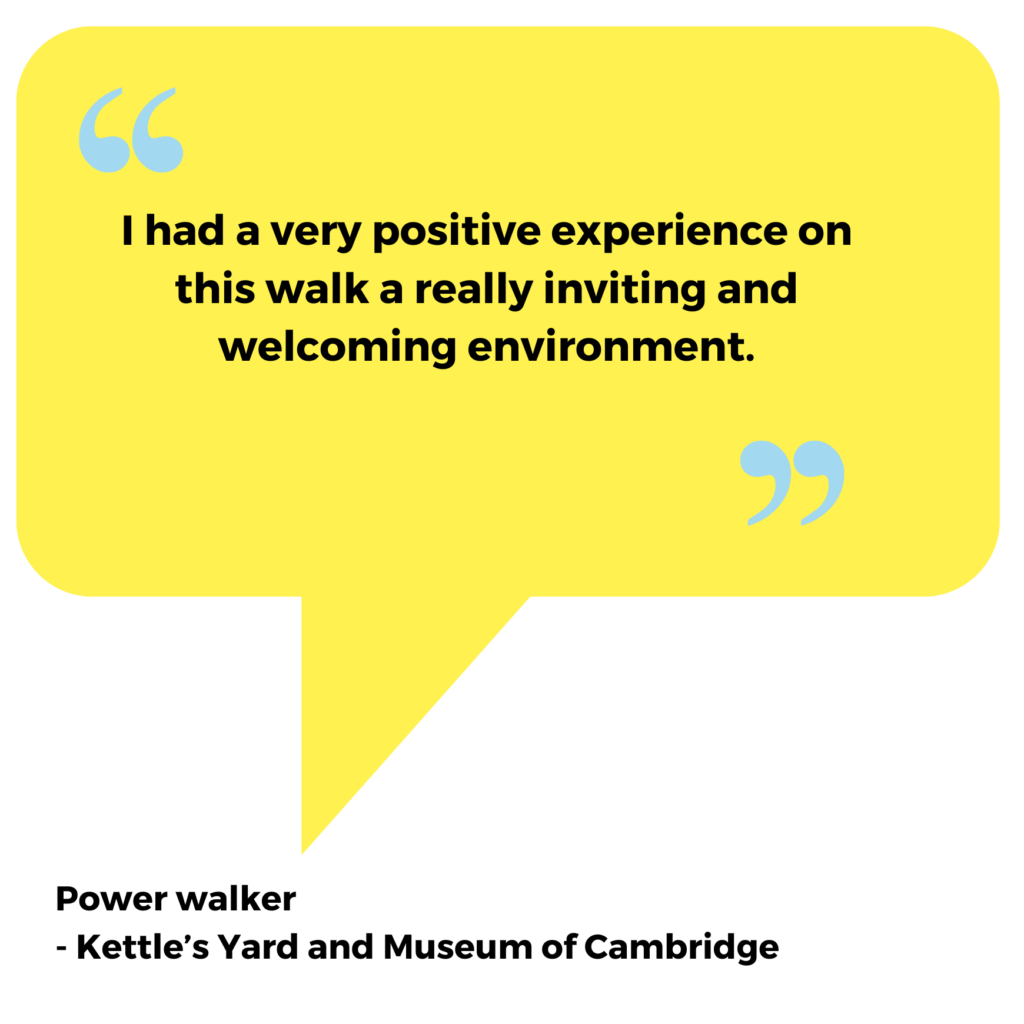
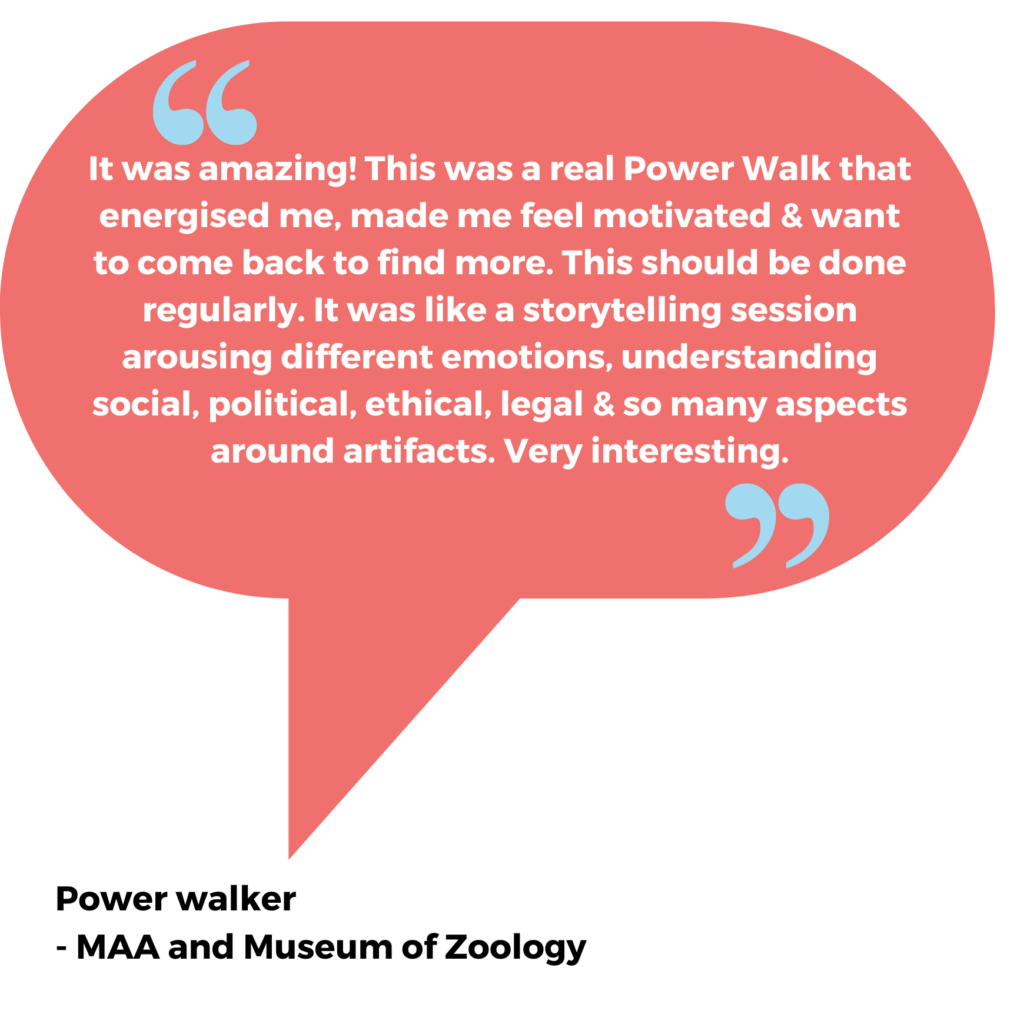
Furthermore, it is also an opportunity for our museum staff develop the confidence to share this work in a sensitive and honest way, working with community members.
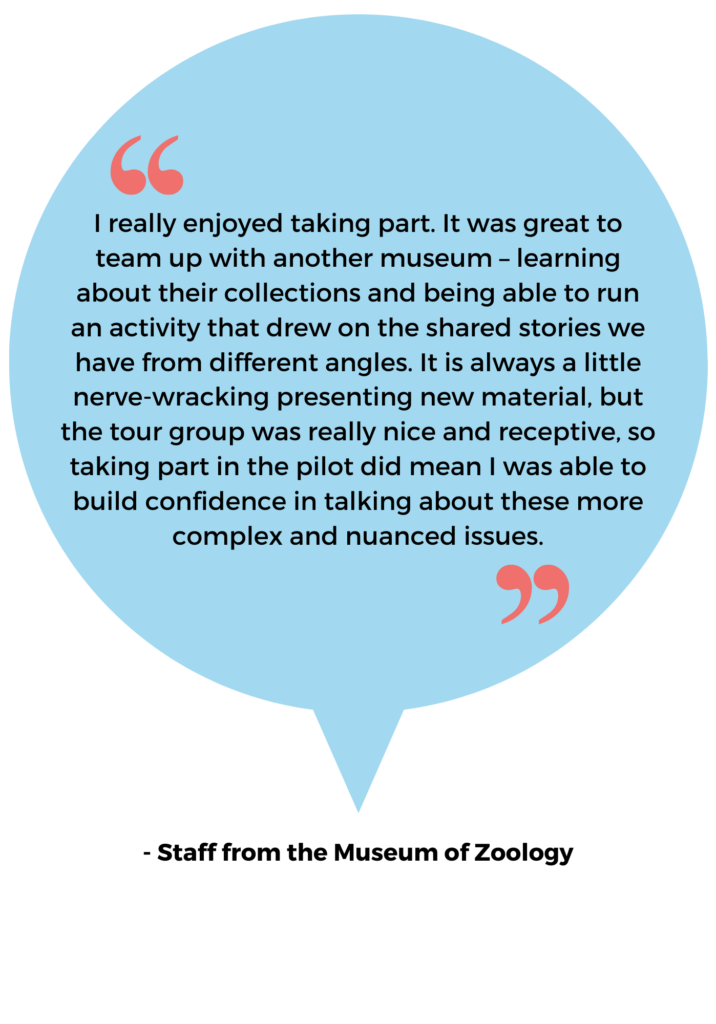
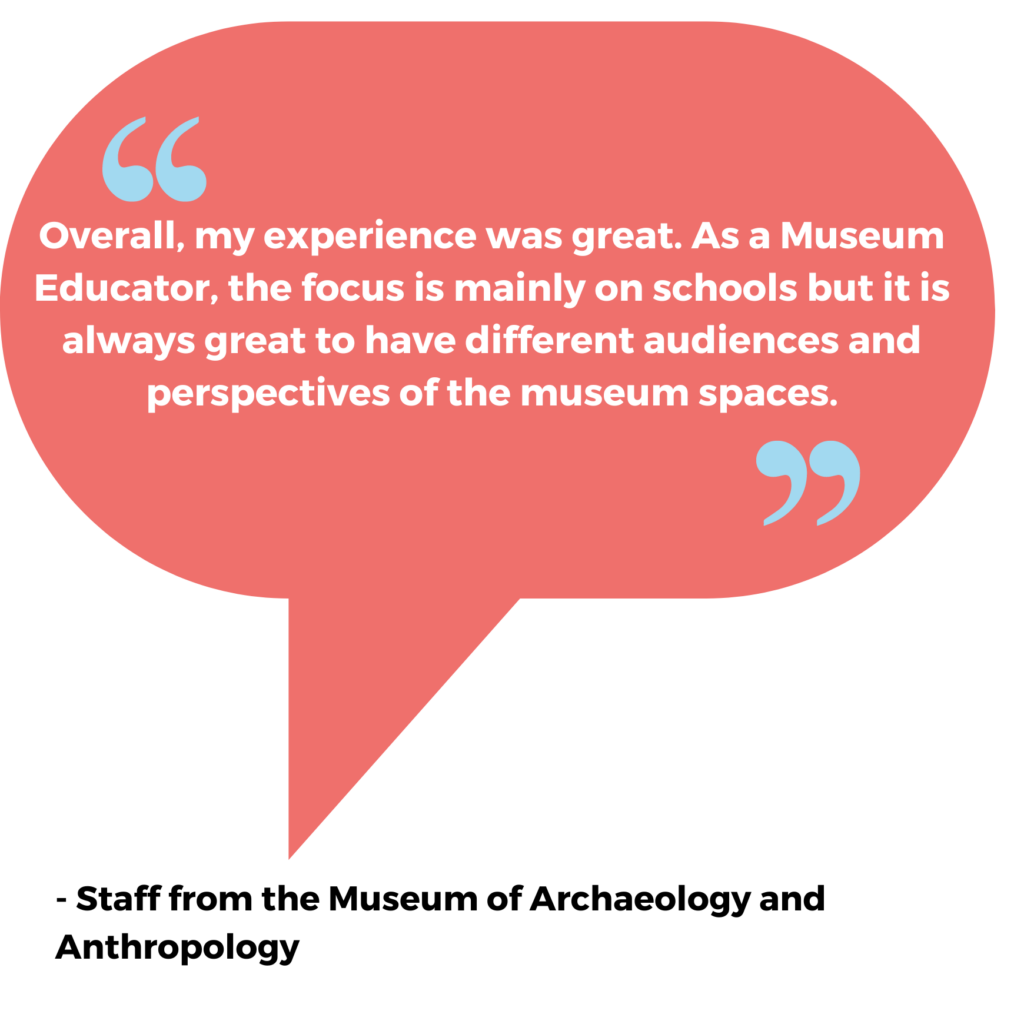
Beyond our year-long Power & Memory programme, the future of the Power Walk is exciting and open, something for each museum to decide whether to continue, adapt or transform. The strength of this project has been that there is an appetite from our local communities to engage with the challenging histories and stories in our collections, and a willingness in our museums to collaborate with our communities. This strength needs support and care, and projects like the Power Walk are built for that.
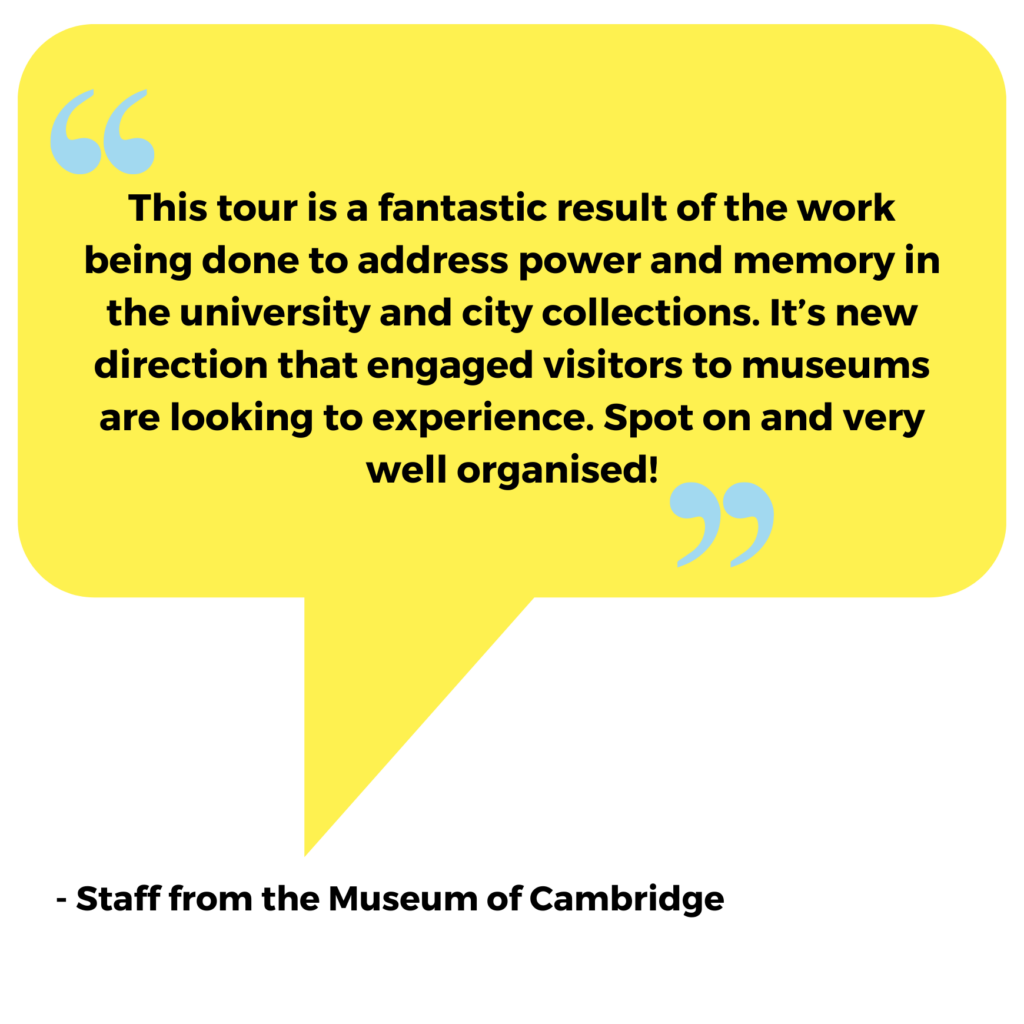
Power Walks are supported by the Esmée Fairbairn Collections Fund.

